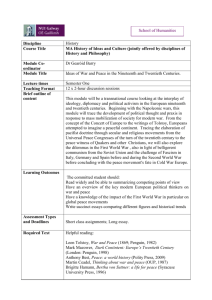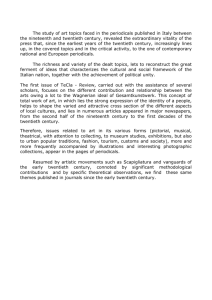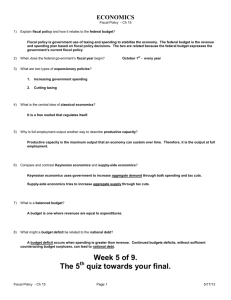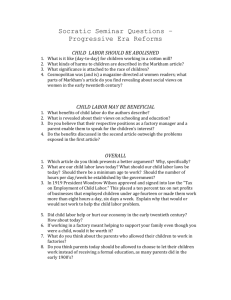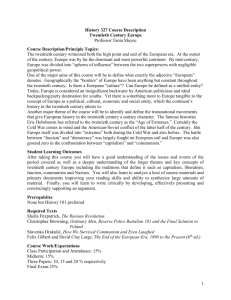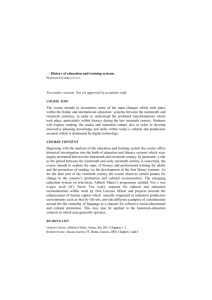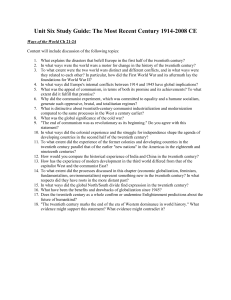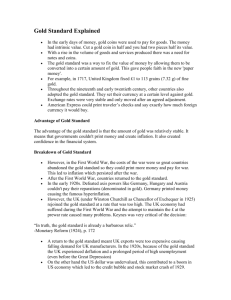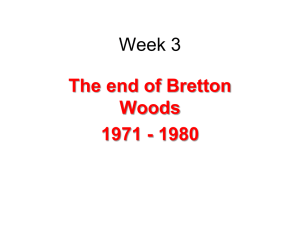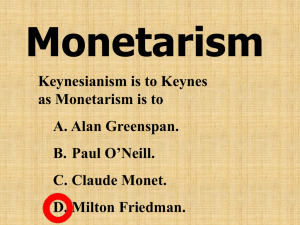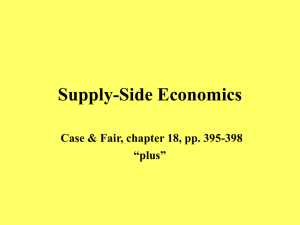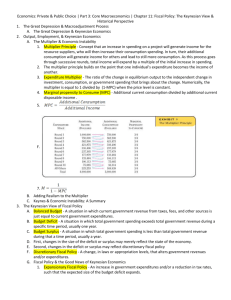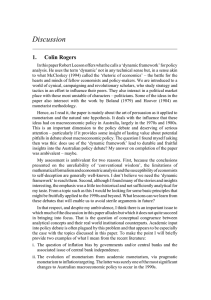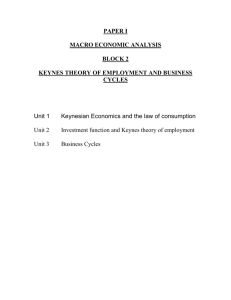TABLE OF CONTENTS
advertisement
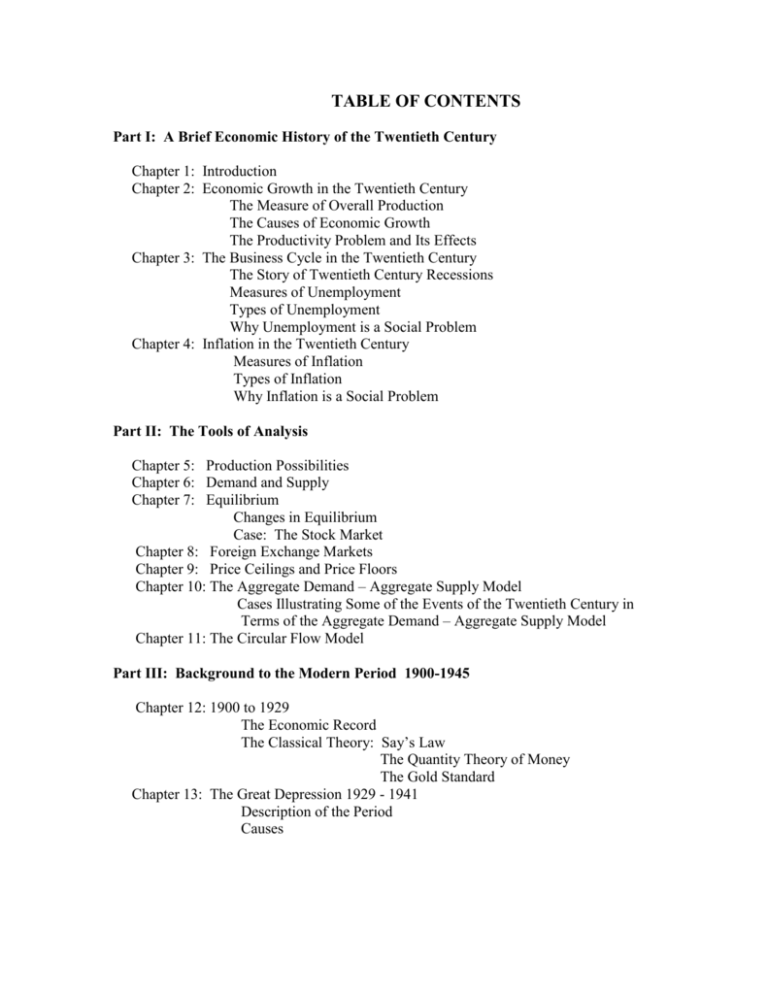
TABLE OF CONTENTS Part I: A Brief Economic History of the Twentieth Century Chapter 1: Introduction Chapter 2: Economic Growth in the Twentieth Century The Measure of Overall Production The Causes of Economic Growth The Productivity Problem and Its Effects Chapter 3: The Business Cycle in the Twentieth Century The Story of Twentieth Century Recessions Measures of Unemployment Types of Unemployment Why Unemployment is a Social Problem Chapter 4: Inflation in the Twentieth Century Measures of Inflation Types of Inflation Why Inflation is a Social Problem Part II: The Tools of Analysis Chapter 5: Production Possibilities Chapter 6: Demand and Supply Chapter 7: Equilibrium Changes in Equilibrium Case: The Stock Market Chapter 8: Foreign Exchange Markets Chapter 9: Price Ceilings and Price Floors Chapter 10: The Aggregate Demand – Aggregate Supply Model Cases Illustrating Some of the Events of the Twentieth Century in Terms of the Aggregate Demand – Aggregate Supply Model Chapter 11: The Circular Flow Model Part III: Background to the Modern Period 1900-1945 Chapter 12: 1900 to 1929 The Economic Record The Classical Theory: Say’s Law The Quantity Theory of Money The Gold Standard Chapter 13: The Great Depression 1929 - 1941 Description of the Period Causes Page 2 Part IV: The Keynesian Revolution 1945 – 1970 Chapter 14: Basic Keynesian Economics Argument Against the Conclusions of the Classical Economists Equilibrium Real GDP Recessionary and Inflationary Gaps Multipliers Chapter 15: Explanations of Consumer Spending Chapter 16: Explanations of Business Investment Spending Chapter 17: Government Spending Case: The Social Security System Chapter 18: The Tax System Chapter 19: Fiscal Policy Case: The 1964 Tax Decrease Effects of Budget Deficits The National Debt Chapter 20: The Bretton Woods System Part V: The Rise of Monetarism and Supply-side Economics 1970 – 1990 Chapter 21: Main Events of the Period The Economic Record of the Period The Phillips Curve and Its Shifts The End of the Bretton Woods System The Oil Shocks Wage and Price Controls Chapter 22: Money What Comprises the Money Supply The Federal Reserve System The Creation of Money and the Money Multiplier The Tools of Monetary Policy Chapter 23: The Basic Theory of Monetarism The Demand for Money The Determination of Interest Rates The Transmission Mechanism The Ineffectiveness of Fiscal Policy The Job Search Model Adaptive Expectations vs. Rational Expectations The Constant Money Growth Rule Chapter 24: Monetarism – Continued How Monetarists Would Explain the Economic Events The Differences Between Monetarist and Keynesian Economists Monetarism Today Page 3 Chapter 25: Fiscal Policy and the Rise of Supply-side Economics The Basic Argument of Supply-side Economics The Laffer Curve The Reagan Tax Changes of 1981 and 1986 The Debate Over a Constitutional Amendment to Require a Balanced Federal Budget Chapter 26: International Economic Relations of 1970-1990 The Growth of International Trade Arguments About the Benefits of International Trade The Trade Deficits and Their Effects The International Financial System After Bretton Woods The Growth of Foreign Direct Investment Part VI: The Most Recent Period 1990 – 2000 Chapter 27: The American Economy in the 1990s The Economic Record Fiscal Policies Monetary Policy International Economic Relations The “New Macroeconomy” The Economic Consequences of Terrorism Chapter 28: The World Economy at the End of the 20th Century Economic Integration International Financial Crises The Rich and the Poor Nations – Divergence or Convergence? A Sustainable Economy
